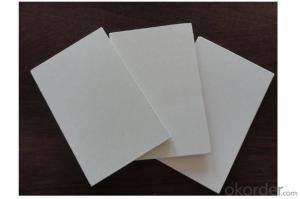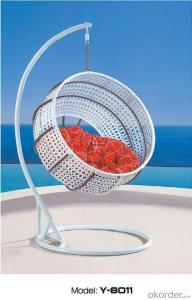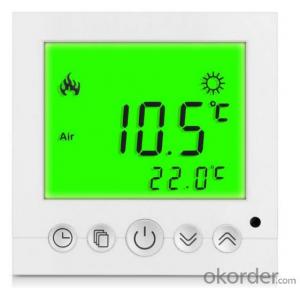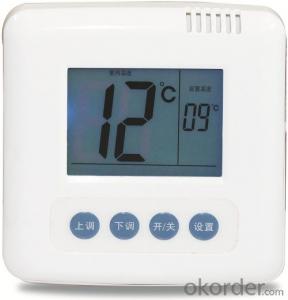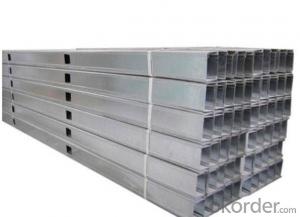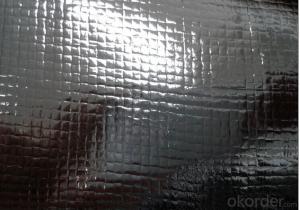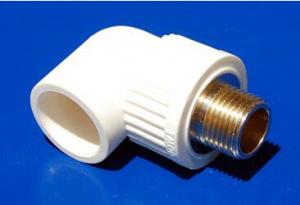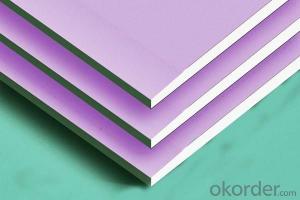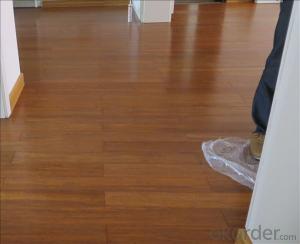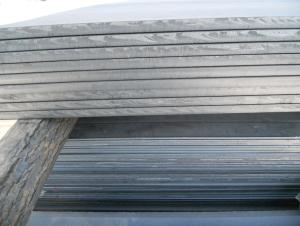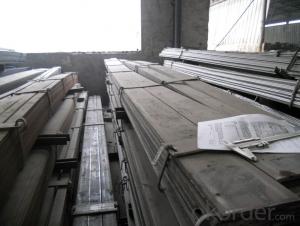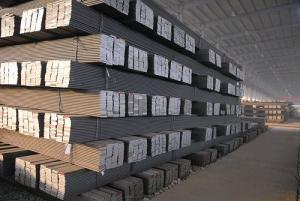Bulb Flats For Shipbuilding
Bulb Flats For Shipbuilding Related Searches
Best Paint For Stainless Steel Blanket Insulation For Steel Buildings Primer For Galvanized Steel Foam Filter For Stainless Steel H S Code For Stainless Steel Surface Grinding Wheels For Stainless Steel Surface Grinding Wheels For Hardened Steel Hole Saw For Stainless Steel Paint For Stainless Steel Stainless Steel For BbqHot Searches
Steel Mesh Panels For Sale Price For Stainless Steel Scrap Scrap Price For Stainless Steel Price For Stainless Steel Stainless Steel Plate For Sale Stainless Steel Tank For Sale Stainless Steel Sheets For Sale Cheap High Tea Sets For Sale Stainless Steel Tanks For Sale Stainless Steel For Sale High Density Fiberboard For Sale Solar Hot Water Collectors For Sale Scaffolding For Sale In Uae Scaffolding For Sale In Ireland Scaffolding For Sale In Houston Type Of Inverter For Solar Price Of Shipping Containers For Sale Types Of Inverter For Solar Stock Price For Aluminum Steel Mesh Panels For SaleBulb Flats For Shipbuilding Supplier & Manufacturer from China
Okorder.com is a professional Bulb Flats For Shipbuilding supplier & manufacturer, offers integrated one-stop services including real-time quoting and online cargo tracking. We are funded by CNBM Group, a Fortune 500 enterprise and the largest Bulb Flats For Shipbuilding firm in China.Hot Products
FAQ
- The maximum length of a steel flat bar can vary depending on several factors such as the manufacturing process, available resources, and transportation limitations. However, in general, steel flat bars typically come in standard lengths ranging from 6 to 12 meters (20 to 40 feet). These lengths are commonly used for ease of handling, storage, and transportation. In specialized cases, it is possible to manufacture or source longer steel flat bars, but they may be limited in availability and require special arrangements for handling and transportation.
- One way to join two steel flat bars together is by using a welding technique such as arc welding or MIG welding. This involves heating the bars and melting a filler material to create a strong bond between the two bars. Another option is to use mechanical fasteners like bolts, screws, or rivets to secure the bars together. Additionally, adhesive bonding can be considered using high-strength industrial adhesives designed for metal bonding. The choice of the method depends on the specific requirements of the project and the available resources.
- Yes, steel flat bars are suitable for machine frames. They are commonly used in machine construction due to their high strength, durability, and ability to withstand heavy loads. Steel flat bars provide stability and rigidity to machine frames, making them an ideal choice for supporting and housing various mechanical components.
- To prevent scaling or oxidation on steel flat bars during heat treatment, several measures can be taken: 1. Use a protective atmosphere: One effective method is to heat treat the steel flat bars in a controlled atmosphere such as a vacuum or an inert gas environment like nitrogen or argon. This prevents the steel from coming into contact with oxygen, thereby minimizing the risk of oxidation. 2. Apply a protective coating: Another approach is to apply a protective coating on the surface of the flat bars before heat treatment. This can be done by using various coatings such as ceramic, refractory, or metallic coatings. These coatings act as a barrier between the steel and the surrounding atmosphere, preventing oxidation. 3. Use a reducing atmosphere: Heat treating the steel in a reducing atmosphere, such as hydrogen or a mixture of hydrogen and nitrogen, can also prevent scaling and oxidation. The reducing atmosphere helps to remove any oxygen present and prevents the formation of oxides on the surface of the steel. 4. Control the heating process: Proper control of the heating process is crucial in preventing scaling and oxidation. Rapid heating and cooling rates should be avoided as they can lead to excessive scaling. Slow and controlled heating with proper temperature ramping can help reduce the chances of oxidation. 5. Clean the surface: Prior to heat treatment, it is important to thoroughly clean the surface of the steel flat bars. Any contaminants, such as dirt, grease, or oils, can promote scaling and oxidation. Surface cleaning methods like degreasing, pickling, or mechanical cleaning can be employed to remove these contaminants. By implementing these preventive measures, the risk of scaling or oxidation on steel flat bars during heat treatment can be significantly reduced, ensuring a high-quality final product.
- Yes, steel flat bars can be used in automotive manufacturing. They are commonly utilized for various applications such as structural components, chassis parts, and support brackets due to their high strength and durability.
- Yes, steel flat bars can be used for making jewelry. Steel is a versatile and durable material that can be crafted into various forms, including flat bars, which can then be shaped and manipulated into unique jewelry pieces. Steel jewelry has gained popularity in recent years due to its contemporary and industrial aesthetic. It offers a sleek and modern look that can be further enhanced by various finishes, such as polished, brushed, or even plated in gold or silver. Steel jewelry is also resistant to tarnish and corrosion, making it a practical choice for everyday wear. Additionally, steel flat bars can be easily engraved or stamped with designs, names, or meaningful symbols, adding a personal touch to the jewelry. However, it is important to note that steel is a heavy material, so it may not be suitable for delicate or lightweight jewelry designs.
- The standard thickness of a steel flat bar can vary depending on the specific application and industry standards. However, commonly available steel flat bars typically range in thickness from 1/8 inch to 1 inch. It is important to note that custom sizes and thicknesses are also available to meet specific requirements.
- There are several methods of surface etching for steel flat bars, each with its own advantages and applications. Here are some of the different methods commonly used: 1. Chemical Etching: This method involves using chemical solutions or acids to selectively remove the surface layer of the steel. The choice of solution and the etching time can be adjusted to achieve the desired depth and pattern. Chemical etching is versatile and can produce intricate designs, logos, or text on the surface of the flat bar. 2. Electrochemical Etching: Also known as electrolytic etching, this method utilizes an electric current to dissolve the surface layer of the steel. The flat bar is immersed in an electrolyte solution, and a stencil or mask is placed on the surface to guide the etching process. Electrochemical etching is often used for creating permanent markings, such as part numbers or identification codes, on steel flat bars. 3. Laser Etching: Laser etching is a non-contact method that uses a high-powered laser to remove the surface layer of the steel. It provides precise control over the etching process and can achieve high-resolution patterns or designs on the flat bar. Laser etching is commonly used in industries where precision and permanence are crucial, such as aerospace or medical equipment manufacturing. 4. Sandblasting: This method involves propelling abrasive particles, such as sand or grit, at high speed onto the steel flat bar's surface. The impact of the particles removes the top layer of the steel, creating a textured or roughened surface. Sandblasting is often used to improve the adhesion of coatings or paints on the flat bar, or to create a decorative or non-slip surface finish. 5. Mechanical Etching: Mechanical etching involves physically removing the surface layer of the steel using mechanical means, such as milling, grinding, or polishing. It can be used to achieve a specific surface finish or texture, such as a brushed or satin finish. Mechanical etching is often employed to enhance the aesthetic appeal of steel flat bars in architectural or interior design applications. Each of these methods offers unique benefits and can be chosen based on the specific requirements of the steel flat bar's application. It is important to consider factors such as cost, precision, speed, and the desired outcome when selecting the appropriate surface etching method.















